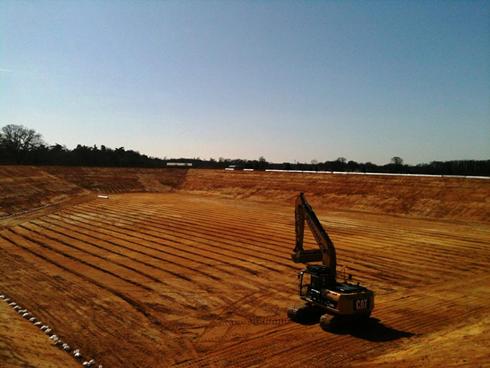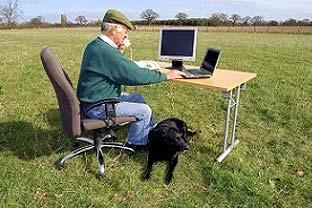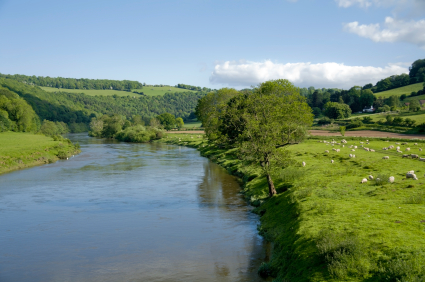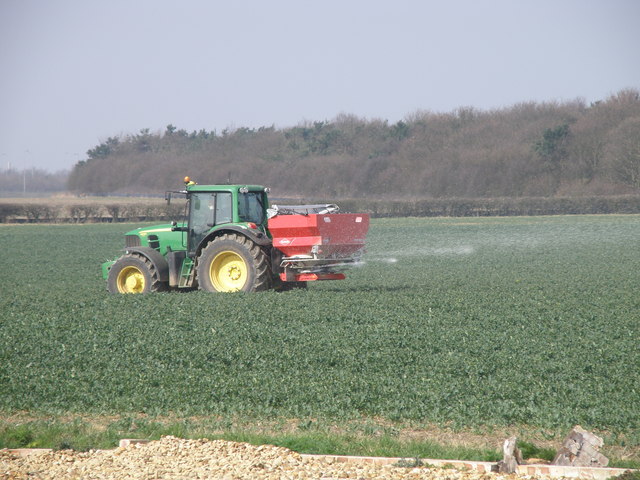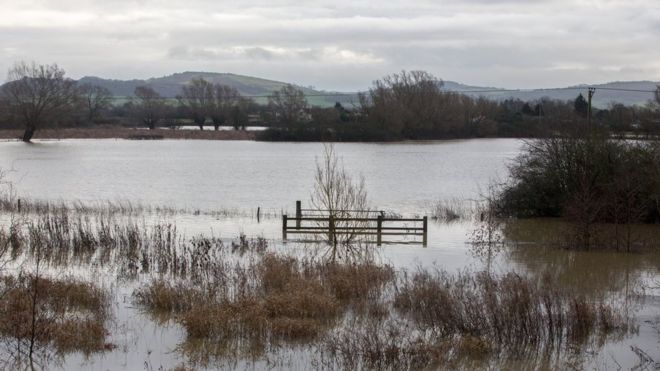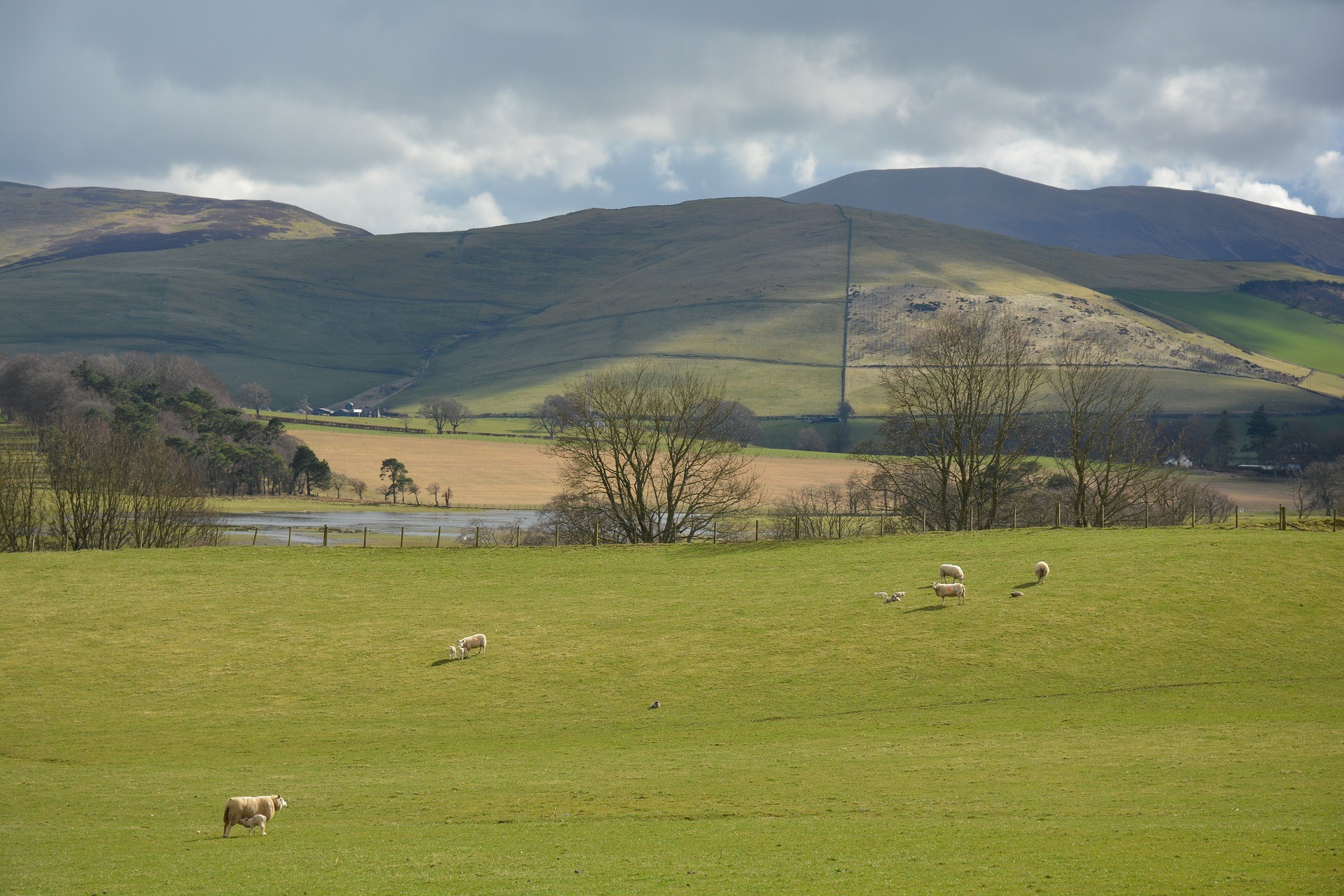Our article last month (see https://abcbooks.co.uk/bps-claims-2024/) reported that there is no action required in order to receive the delinked BPS payment in England. However, we also reminded CS and ES revenue agreement holders that a revenue claim would be required by 15th May. And in so doing, it has become clear, claimants will have to visit and update their land use codes on Rural Payments as part of this process. Following a number of queries on this the RPA has said;
‘We have received a number of questions recently as to how we will be using land use codes as part of our process for cross-checking agri-environmental scheme applications and claims. We can confirm that we will be cross-checking applications and claims against land-use codes, as we have done in previous years when the information supplied in BPS applications was used for this purpose. Accordingly, before submitting an application or payment claim, customers should check that the land use codes recorded for their land parcels are correct and consistent with the actions/options they are applying for or claiming on. Failure to do this may lead to processing delays and hold up payments.’
It appears that it will only be necessary to check the Land Use codes on relevant parcels – i.e. ones that are in the CS/ES claim. It does however seem a bit ‘ad hoc’ and although no one really wants to being making ‘BPS type’ alterations, with the work and cost involved, there is the issue of whether clients’ Land Use will become muddled, with some fields updated for one year and not others.
In addition, cross checking also applies to SFI applications, where Land Cover, Land Use and SFI options must all be compatible. The 2024 Land Use codes can be found at https://www.gov.uk/government/publications/rural-payments-land-use-codes-2024/land-use-codes-2024
